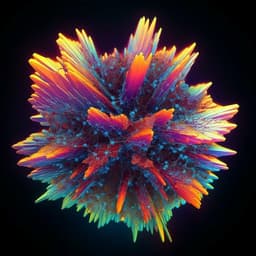
Physics
Giant magnetocaloric effect in a rare-earth-free layered coordination polymer at liquid hydrogen temperatures
J. J. B. Levinsky, B. Beckmann, et al.
Discover the potential of magnetic refrigeration with this groundbreaking research on Co₄(OH)₆(SO₄)₂[enH₂], a rare-earth-free coordination polymer. This study reveals a strong magnetocaloric effect suited for cryogenic applications, making it a competitive option against traditional rare-earth-containing materials. Conducted by authors J. J. B. Levinsky, B. Beckmann, T. Gottschall, D. Koch, M. Ahmadi, O. Gutfleisch, and G. R. Blake.
~3 min • Beginner • English
Related Publications
Explore these studies to deepen your understanding of the subject.







